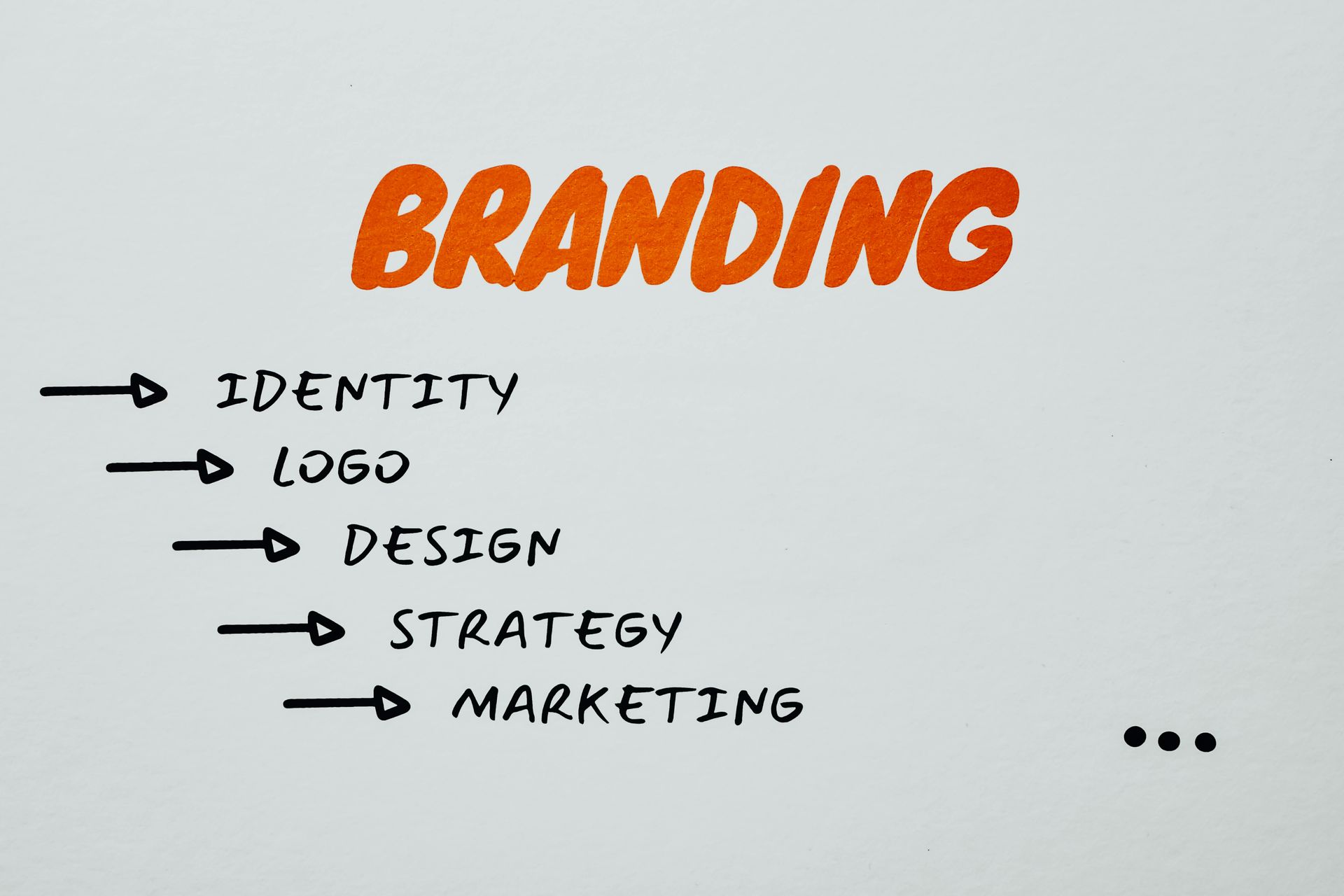NAP and EAT: Keys to Local SEO

There’s a reason customers notice some logos of their favorite brands almost immediately as they drive past these doors. It’s part of branding consistency, and it’s important to practice it online as much as it’s practiced offline. Using the same branding message and information across platforms helps build trust in your business and consumer loyalty.
So what does this mean for your local SEO strategy? Simply put, having consistent and accurate business information is crucial for those potential customers who want to reach you. Although they may sound like things you do in preschool, NAP and EAT are two important local SEO concepts that play a major role in online branding consistency.
What is NAP?
Put your pillow and blankie away — this is a different kind of NAP. It stands for name-address-phone number, and it needs to be the exact same on all of your digital marketing assets. Google wants to know that your website and other listings across the internet aren’t confusing customers with their inaccuracies, and will reward those businesses who maintain NAP consistency.
Once you’ve claimed or updated your Google My Business profile to display the right information, do a quick Google search of your business name and see what the search results display. Is your phone number right? Is the street name in your address spelled correctly? Is the zip code accurate? Make notes of which sites show errors to investigate later.

Good NAP Practices
When considering the accuracy of your business listings, there are some questions you should be asking (and answering) to maintain consistency.
- Do you have an “Inc” or “LLC” in your business name? Do you want to include this information in your listing?
- Are there commas in your business name?
- Does your business name include an ampersand? Do you want to use that or the word “and”?
- What about abbreviations, like STE for “suite” or Rd. for “road” — do you want to use the short or long version?
Whatever the answers are for these questions, just make sure you’re consistent. For example, if you use an ampersand instead of “and” make sure it’s used everywhere. A good rule of thumb is to take a look at your business license and use the name that’s listed there (as long as it’s correct.)
That said, there is a little bit of wiggle room. The phone number doesn’t have to be formatted exactly the same everywhere, and search engines like Google will account for minor variations in common abbreviations. While this is great for search result rankings, don’t overlook your end (human) user as well. Ultimately your NAP information needs to help customers find you and choose you over the competition.
What is EAT?
This is another important acronym for local SEO success; it stands for expertise, authority, and trustworthiness. When it comes to your branding and digital marketing content, you want to show you’re an expert and an authority within your industry and build trust with your customers that you can help solve their pain points.
If your NAP isn’t accurate, this will impact EAT of your branding messages. Think about how you feel when you can’t reach a business you’re searching for because they’ve moved location or there’s a wrong phone number listed. Would you trust them with your money or say that they’re an authority in their field? Probably not.

Good EAT Practices
Beyond accurate and consistent NAP information, other factors boost the EAT of your online presence:
- Up to date content
- Factually accurate content
- Positive reviews
- Content created by experts
- Content that supports that your experts are in fact experts
- Content on 3rd party sites that suggests your experts are experts
- Content on 3rd party sites that suggests your experts and/or your site are authorities (e.g having a Wikipedia page, a Knowledge Panel for the author, etc.)
- Links from relevant URLs on other sites
There’s a good chance that you may have some or all of these EAT components in your local SEO strategy, either unintentionally or because you know how important they are to your digital marketing.
The Bottom Line
Don’t just assume that your NAP is helping EAT. Working with a team of experienced local SEO professionals who can let you know for sure. Many local SEO tasks are so time-consuming and tedious that you simply won’t have time to do it on your own – and other tasks that require sophisticated software to do well, such as removing duplicate listings that are not exactly the same. Request your FREE consultation to understand how you can clean up your NAP and EAT your way through local SEO.
The post NAP and EAT: Keys to Local SEO appeared first on Cole Dalton.









